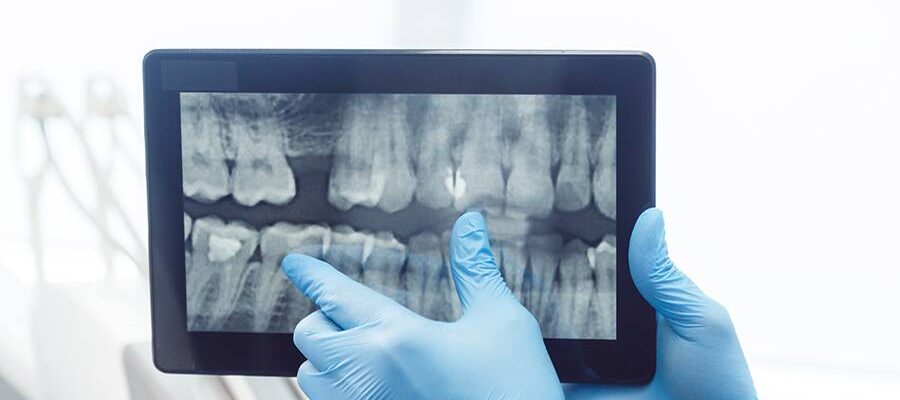In the world of advanced technology and digitization, modern dentistry has come a long way. Digital X-rays offer tremendous precision and accuracy to help dentists identify oral diseases and damage that aid in designing appropriate treatment plans for successful outcomes.
Hollywood, Florida dentist specializes in digital X-rays, taking all the necessary precautions into consideration for patient safety.
Digital X-rays explained!
Digital X-rays are a form of advanced radiography that uses digital sensors instead of traditional radiographic films to directly capture data during the patient examination. This data is immediately converted and transferred to a computer system.
The principle behind digital X-rays
Digital X-rays differ from traditional X-rays, wherein beams of radiation penetrate through several layers of your body to reach the target and form an image on a radiographic film using digital sensors. These specialized sensors are available in the form of a flat panel made up of a detection layer over a matrix array of a thin film of transistors and photodiodes.
Indications of digital X-rays
Digital X-rays are essential preventive diagnostic tools in modern dentistry that provide valuable information not visible to the naked eye during routine dental exams.
Digital X-rays can reveal the following:
- Tooth and root positions
- Abnormal root morphology
- Problems inside a tooth or below the gumline
- Amount of bone resorption
- Abscess (pus-filled pockets), cysts (fluid-filled sacs), and tumors (abnormal growth of tissue mass) within the oral cavity
- Benign (non-cancerous) and malignant (cancerous) lesions
- Interdental tooth decay
- Developmental abnormalities of the teeth or jaws
These X-rays also aid in the evaluation of the treatment outcome, as in the case of root canal therapy, bone grafting, or dental implants.
Digital X-rays offer enormous benefits
Digital X-rays are the most preferred diagnostic tools due to the following benefits:
- Produce premium-quality images
- The real-time exposure can be adjusted accordingly
- The results can be viewed immediately due to digital sensors
- Offer reduced radiation exposure
- Offer good precision and accuracy when compared to conventional X-ray
- Save a lot of time and effort
- Avoids the use of chemicals for developing film
Safety considerations for digital X-rays
Digital X-rays produce significantly lower levels of radiation when compared to conventional X-rays. The radiation dose is equivalent to the one that you are exposed to from your smartphone, TV, and computer screens. Digital radiographs are safe, faster, and more comfortable, in addition to avoiding the risk of waste and chemical disposal into the environment. Still, dentists may adopt the use of lead aprons as an appropriate safety measure.
Digital X-rays are safe diagnostic tools used only when deemed necessary to aid dentists in designing an appropriate treatment plan.


